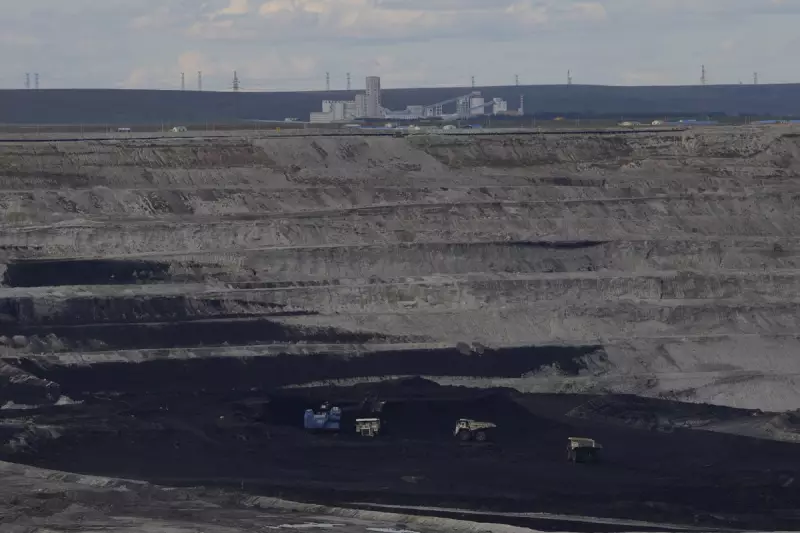
China's remarkable economic ascent, which propelled it to become the world's second-largest economy, is encountering substantial obstacles that could reshape global economic dynamics. The nation that once boasted double-digit growth rates now faces a complex web of domestic and international challenges.
The Property Sector Crisis
The once-booming real estate market, which accounted for approximately 25% of China's GDP, has become a significant liability. Major developers including Evergrande and Country Garden have defaulted on billions in debt, leaving countless unfinished projects and shaking consumer confidence to its core.
Trade Relations Under Strain
Ongoing tensions with Western nations, particularly the United States, have resulted in restrictive trade policies and technology transfer limitations. These measures have hampered China's access to advanced semiconductors and other critical technologies essential for its manufacturing and innovation sectors.
Demographic Time Bomb
China's population is both aging and shrinking, creating long-term economic concerns. The one-child policy's legacy means fewer working-age citizens must support a growing elderly population, while youth unemployment has reached alarming levels, threatening social stability.
Government Response Measures
- Monetary stimulus including interest rate cuts and liquidity injections
- Infrastructure spending to boost domestic demand
- Regulatory crackdowns on various industries to control economic risks
- Diplomatic efforts to repair international relationships
Despite these interventions, economists remain cautious about China's ability to return to previous growth levels. The International Monetary Fund has revised its growth projections downward, reflecting the persistent nature of these challenges.
Global Implications
As the world's manufacturing hub and largest exporter, China's economic health directly impacts global supply chains, commodity prices, and international trade flows. A sustained slowdown could trigger ripple effects across emerging markets and developed economies alike.
Observers note that Beijing faces the delicate balancing act of implementing sufficient stimulus without exacerbating existing debt problems or triggering capital flight. The coming months will prove critical in determining whether China can navigate these turbulent economic waters successfully.





